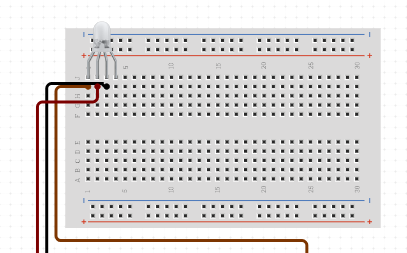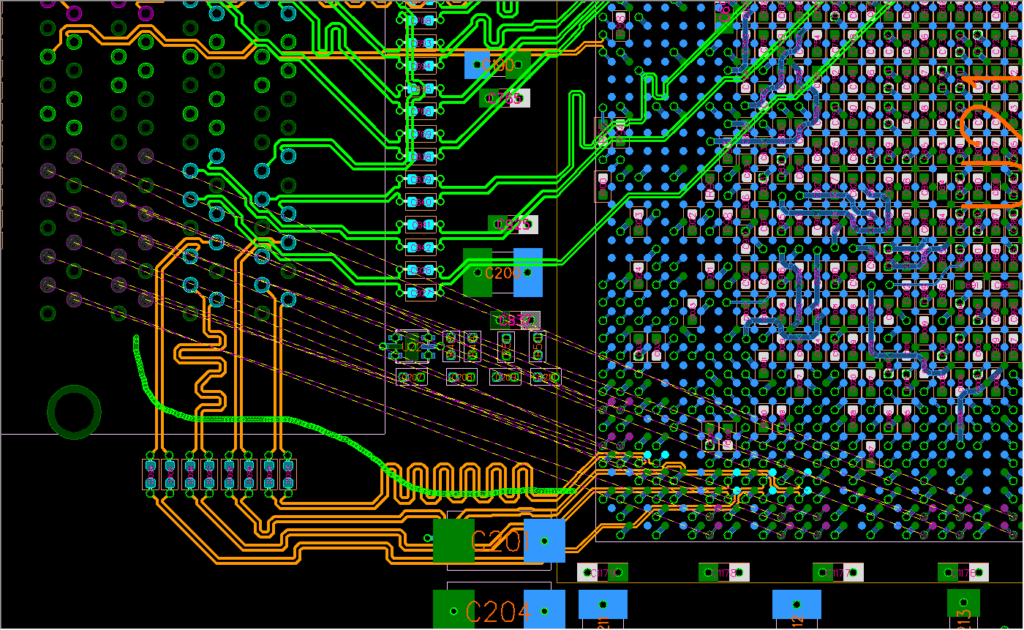
The breadboard most commonly used today is usually made of white plastic and is a pluggable (solderless) breadboard. Both examples refer to and describe other types of breadboards as prior art.

US Patent 3,496,419, was filed in 1967 and refers to a particular printed circuit board layout as a Printed Circuit Breadboard. For example, US Patent 3,145,483, was filed in 1961 and describes a wooden plate breadboard with mounted springs and other facilities. Using thumbtacks or small nails as mounting posts was also common.īreadboards have evolved over time, with the term now being used for all kinds of prototype electronic devices. Sometimes a paper schematic diagram was first glued to the board as a guide to placing terminals, then components and wires were installed over their symbols on the schematic. In the early days of radio, amateurs nailed bare copper wires or terminal strips to a wooden board (often literally a board to slice bread on) and soldered electronic components to them. A single small SoC often provides most of these electrical interface options in a form factor barely larger than a large postage stamp, available in the American hobby market (and elsewhere) for a few dollars, allowing fairly sophisticated breadboard projects to be created at modest expense.Įxample of use of a "Breadboard" in electronics construction. In the case of high speed interconnects such as SPI and I☬, these can be debugged at a lower speed and later rewired using a different circuit assembly methodology to exploit full-speed operation.

High frequency operation is then largely confined to the SoC's PCB.
#Breadboard circuit design software serial
Signaling is limited to about 10 MHz, and not everything works properly even well below that frequency.Ī common use in the system on a chip (SoC) era is to obtain an microcontroller (MCU) on a pre-assembled printed circuit board (PCB) which exposes an array of input/output (IO) pins in a header suitable to plug into a breadboard, and then to prototype a circuit which exploits one or more of the MCU's peripherals, such as general-purpose input/output (GPIO), UART/ USART serial transceivers, analog-to-digital converter (ADC), digital-to-analog converter (DAC), pulse-width modulation (PWM used in motor control), Serial Peripheral Interface (SPI), or I☬.įirmware is then developed for the MCU to test, debug, and interact with the circuit prototype. A variety of electronic systems may be prototyped by using breadboards, from small analog and digital circuits to complete central processing units (CPUs).Ĭompared to more permanent circuit connection methods, modern breadboards have high parasitic capacitance, relatively high resistance, and less reliable connections, which are subject to jostle and physical degradation. A stripboard ( Veroboard) and similar prototyping printed circuit boards, which are used to build semi-permanent soldered prototypes or one-offs, cannot easily be reused. Older breadboard types did not have this property. For this reason, solderless breadboards are also popular with students and in technological education.


This makes it easy to use for creating temporary prototypes and experimenting with circuit design. plugboard, a terminal array board) became available and nowadays the term "breadboard" is commonly used to refer to these.īecause the solderless breadboard does not require soldering, it is reusable. In the 1970s the solderless breadboard ( a.k.a. Originally the word referred to a literal bread board, a polished piece of wood used when slicing bread. 400 point printed circuit board (PCB) breadboard with 0.1 inches (2.54 mm) hole-to-hole spacing is electrically equivalent to the solderless breadboard shown above.Ī breadboard, or protoboard, is a construction base for prototyping of electronics.


 0 kommentar(er)
0 kommentar(er)
